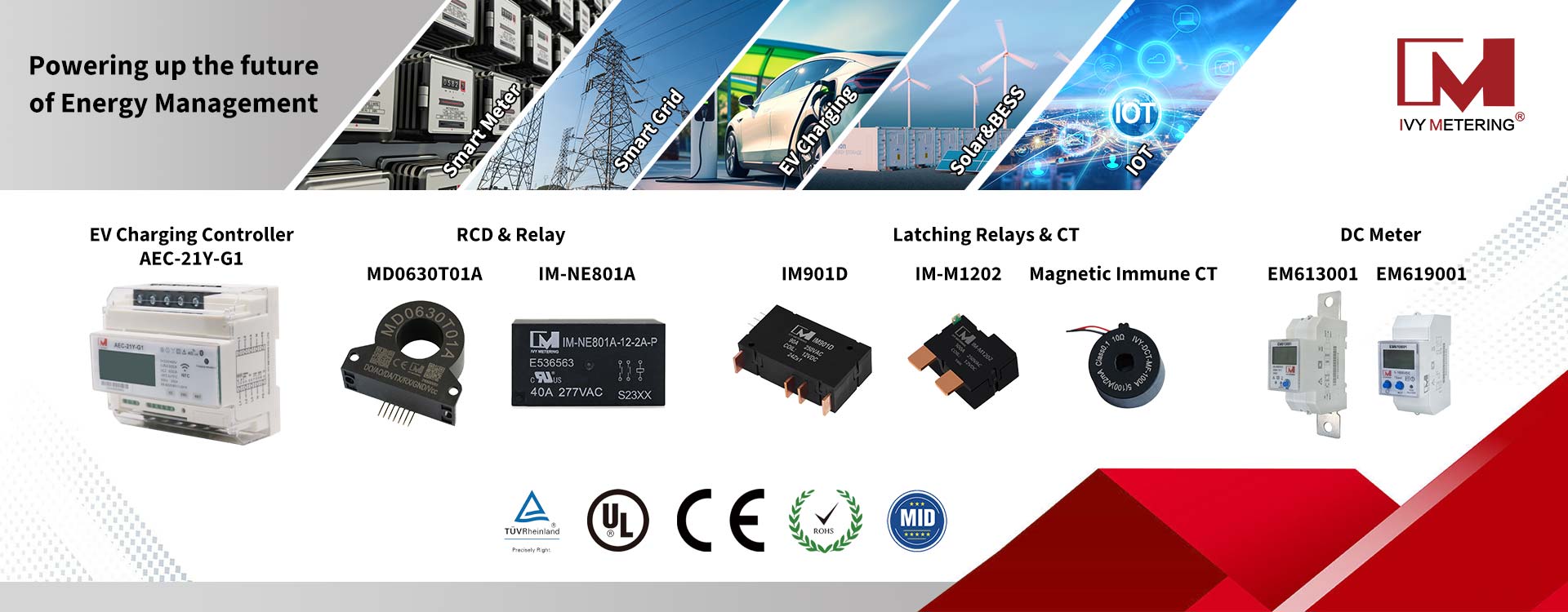EV Industry Terms
1.What’s the difference between AC charging and DC charging?
Put simply, "AC charge is on the car, DC charge is off the car,” “AC charging is essentially a wall socket at home or a smart socket in the public space, where the charger used is the one integrated with the car.“But as you get higher powers of charging, the charger becomes very heavy and very expensive and it’s not possible to put it on the car, so you take it off the car. That’s DC charging.”To simplify it even further – AC charging points are slower and require you to BYO charging cable, while DC charging sites are faster and usually come equipped with a cable that plugs into your car.
2.How long does electric car charging take?
Charging times vary greatly, depending on the type of charger as well as the size of your car’s battery, the level of charge remaining, the temperature and the maximum rate of charge the battery can accept. Generally speaking, however, the following rough timings apply when charging.
Wall socket (2.4kW) = 24+ hours
Home wall box (3-11kW) = 7-12 hours
Public AC charging (7-22kW) = 4-7 hours
Public DC fast/rapid charging (25-150kW) = 1-2 hours
Public DC ultra rapid/high-powered charging (150-350kW) = 20 - 60 minutes
3.What’s the difference between fast charging, rapid charging and quick charging?
This one can trip up even the most seasoned of electric car owners.“The difference between fast and rapid is an interesting one and it’s mostly geographic,”“In the United States, they say ‘fast charging’. In the United Kingdom they tend to say ‘rapid charging’. To make matters more complicated, in Japan it’s ‘quick charging’.”Essentially, these terms all mean the same thing – DC charging between 25kW and 100kW.
“Technically by the time you get to 100kW it should be called ‘high-powered charging’ but by definition you have to be 150kW before that term applies, although the market terminology is blurry,” You'll also see 'ultra rapid' used interchangeably with 'high-powered'.












